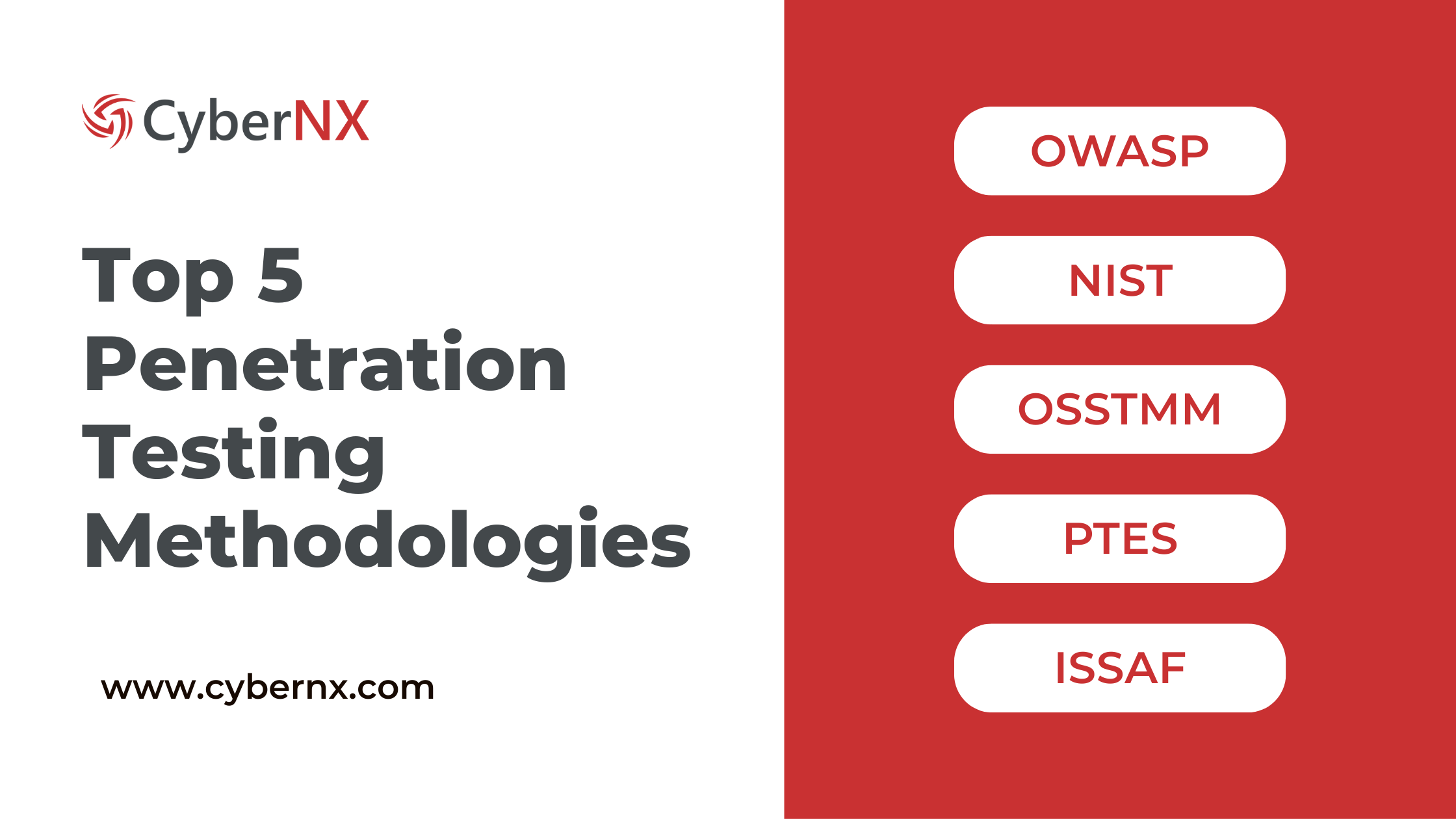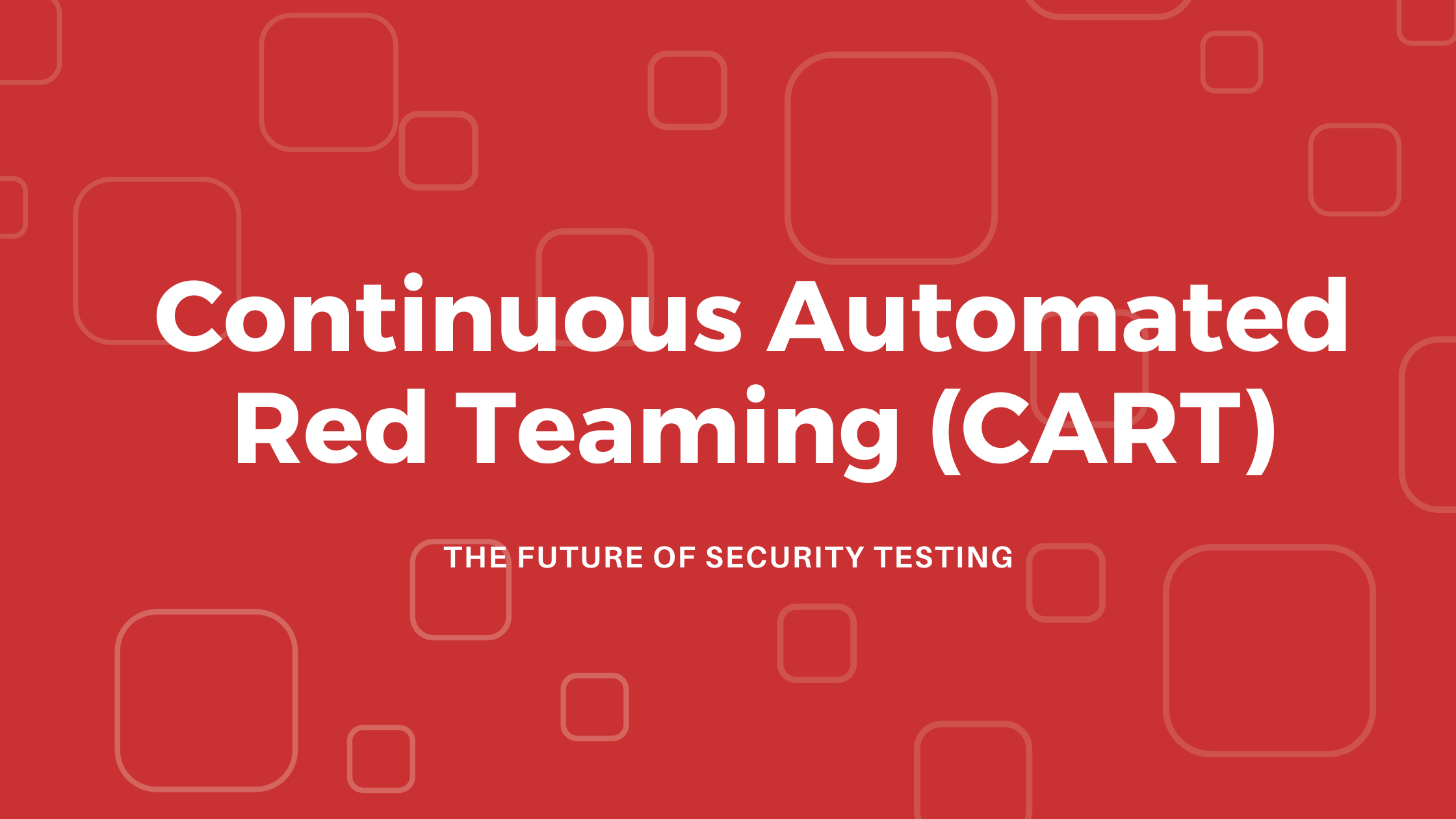
SEBI CSCRF Deadline Extended. Secure Your Organization NOW!
The Securities and Exchange Board of India (SEBI) has recently provided much-needed relief to Regulated Entities (REs) by extending the
Contents
In the relentless battle against cyber threats, CISOs, CXOs, and IT Managers are constantly seeking ways to fortify their organization’s defenses. Two critical components of a robust cybersecurity strategy are the red team and blue team. But beyond the buzzwords, understanding the distinct roles and collaborative potential of what is red team services and blue team services in cyber security is paramount. Are you leveraging offensive security to proactively expose weaknesses, or relying solely on defensive measures?
This blog will demystify the essential differences between these two vital teams, equipping you with the knowledge to optimize your cybersecurity posture and stay ahead of evolving threats.
The red team is your organization’s ethical hacking squad. Think of them as the “attackers” who simulate real-world cyberattacks to identify vulnerabilities in your systems. They challenge an organization’s security posture by attempting to bypass its defenses. A red teamer is a security professional with deep expertise in penetration testing, social engineering, and exploit development.
Pros of red teaming:
Cons of red teaming:
The blue team in cyber security represents the defenders. Their mission is to protect the organization’s assets by monitoring, detecting, and responding to cyber threats. It is the internal security team responsible for maintaining the organization’s defensive posture. A blue teamer is a security professional skilled in network monitoring, incident response, and security information and event management (SIEM).
Pros of blue teaming:
Cons of blue teaming:
Here’s a comparison to clarify the red team services vs blue team services cyber security divide:
| Feature | Red Team (Offensive Security) | Blue Team (Defensive Security) |
| Objective | Identify vulnerabilities and test security effectiveness. | Protect assets, detect threats, and respond to incidents. |
| Role | Simulate cyberattacks. | Monitor, defend, and remediate. |
| Approach | Proactive, offensive. | Reactive and proactive, defensive. |
| Techniques Used | Penetration testing, social engineering, exploit development. | Network monitoring, SIEM, incident response, vulnerability scanning. |
| Skills | Penetration testing, exploit development, social engineering, scripting. | Network monitoring, incident response, SIEM, log analysis, forensics. |
| Tools | Metasploit, Nmap, Burp Suite, Kali Linux, custom scripts. | Splunk, ELK Stack, Wireshark, CrowdStrike, firewalls, IDS/IPS. |
| Advantages | Uncovers hidden weaknesses, realistic testing. | Continuous monitoring, rapid incident response. |
| Disadvantages | Potentially disruptive, resource-intensive. | May struggle with advanced attacks, can be reactive. |
| Collaboration with Other Teams | Brief interaction, focused on results. | Continuous interaction, collaborative defense. |
| Key Metrics | Number of vulnerabilities found, success rate of attacks. | Time to detect and respond to incidents, reduction in security incidents. |
| End Goal | Improve overall security posture by identifying weaknesses. | Maintain a secure and resilient environment. |
In essence, cybersecurity attack & defence strategies of the red & blue team are complimentary. The red team breaks things to find the cracks, while the blue team patches them up.
By leveraging both offensive and defensive strategies within the realm of red team vs blue team in cybersecurity, organizations can significantly strengthen their overall security posture, reduce the risk of costly breaches, and ensure business continuity.
The true power of red team blue team simulation emerges when they collaborate closely. This synergy is where the purple team cyber security concept shines. Think of it as a dynamic feedback loop, enhancing your organization’s security posture in real-time.
Collaborative Importance: When red and blue teams share their insights and findings, it creates a powerful learning environment. The red team’s attack simulations reveal vulnerabilities, while the blue team’s defense strategies show what works and what doesn’t. This open exchange drives continuous improvement and strengthens your overall security.
Purple Teaming Concept: Imagine a scenario where the red team launches an attack, and the blue team observes and responds in real-time. That’s the essence of purple teaming. This collaborative approach allows for instant feedback, knowledge transfer, and rapid adjustments to security controls, making your defenses more agile and effective.
Best Practices for Integration:
By strategically integrating the offensive capabilities of the red team with the defensive prowess of the blue team, organizations can build a resilient security posture capable of withstanding sophisticated attacks. This collaborative approach, especially through the adoption of purple teaming principles, fosters a culture of continuous improvement and proactive risk management. Don’t wait for a breach to reveal your weaknesses. Take the initiative to strengthen your defenses today. Contact us to explore how our tailored red teaming services can safeguard your valuable assets and ensure business continuity.
1. What are the key indicators that my organization needs a red team engagement?
Ans: If you’re experiencing a rise in attempted breaches, preparing for a major system upgrade, or have concerns about the effectiveness of existing security controls, a red team engagement is highly beneficial. Also, if you have not had a red team assessment in a set amount of time, this could be a good reason to schedule one. Regular assessments are always a good idea.
2. How does a blue team enhance our incident response capabilities?
Ans: A strong blue team continuously monitors your network for suspicious activity, enabling rapid detection and containment of threats. They use SIEM systems, threat intelligence, and log analysis to identify anomalies and respond effectively, minimizing the impact of security incidents. They also document the incident, and create playbooks for future incidents.
3. What is the benefit of purple teaming over separate red and blue team exercises?
Ans: Purple teaming fosters real-time collaboration between red and blue teams, enabling immediate feedback and knowledge transfer. This dynamic approach allows for rapid adjustments to security controls and enhances the effectiveness of both teams. It drastically reduces the “time to improvement” window.
4. How can I measure the ROI of investing in red and blue team services?
Ans: ROI can be measured by reduced incident response times, fewer successful breaches, and improved compliance posture. Quantifiable metrics include the number of vulnerabilities identified and remediated, the time taken to detect and respond to incidents, and the reduction in security-related downtime. Also, the cost of a data breach prevented, far outweighs the cost of these services.
5. For a smaller organization, how can we implement red and blue team concepts without hiring dedicated teams?
Ans: Smaller organizations can leverage managed security service providers (MSSPs) for red and blue team functions. Also, cross-training existing IT staff to perform both offensive and defensive security tasks can be effective. Regular tabletop exercises and simulated attacks can also help build skills and awareness. You can also utilize free open source tools to start implementing these concepts.
6. Which is best, blue team or red team?
Ans: Both blue and red teams are equally important, and neither is ‘best’. An organization with only a red team will know its weaknesses but not be able to defend itself. An organization with only a blue team will be reacting to attacks that may have been prevented. The best security outcome is attained by utilizing both teams, and using the purple team concepts to allow the teams to work together.
Share on
RESOURCES

The Securities and Exchange Board of India (SEBI) has recently provided much-needed relief to Regulated Entities (REs) by extending the

Cyberattacks are a constant threat. But what if you could fight fire with fire? Penetration testing methodologies are the tools

In the fast-paced world of cybersecurity, staying ahead of evolving threats requires more than just reactive measures. CISOs, CXOs, and
RESOURCES
Cyber Security Knowledge Hub
Copyright © 2025 CyberNX | All Rights Reserved | Terms and Conditions | Privacy Policy